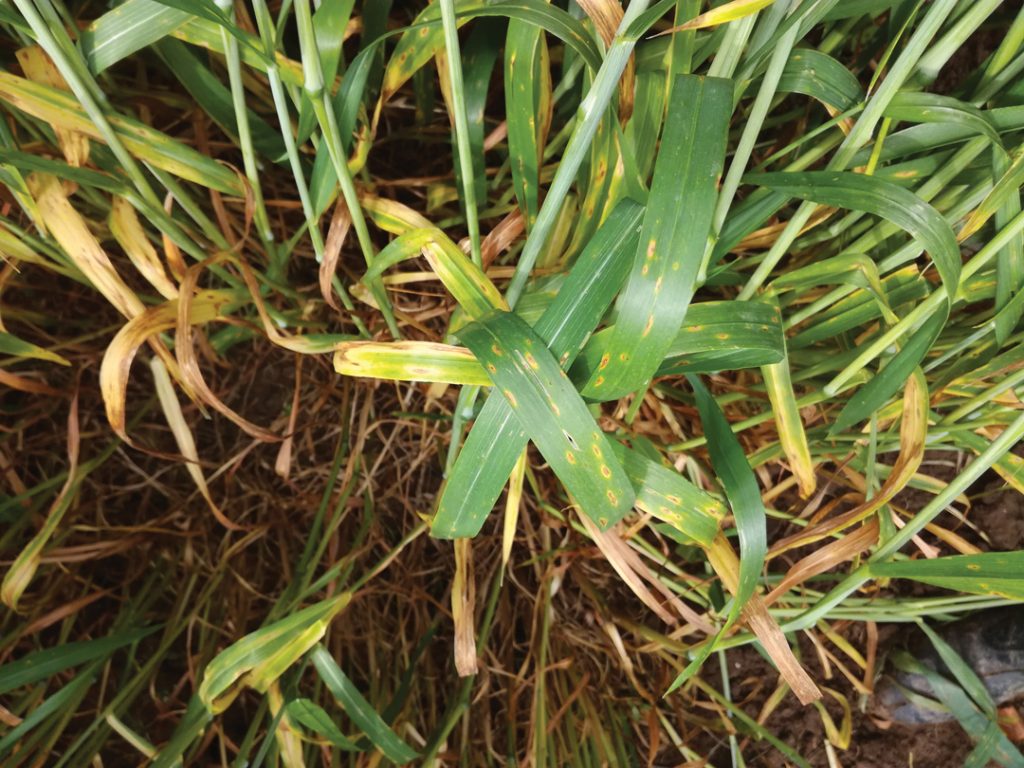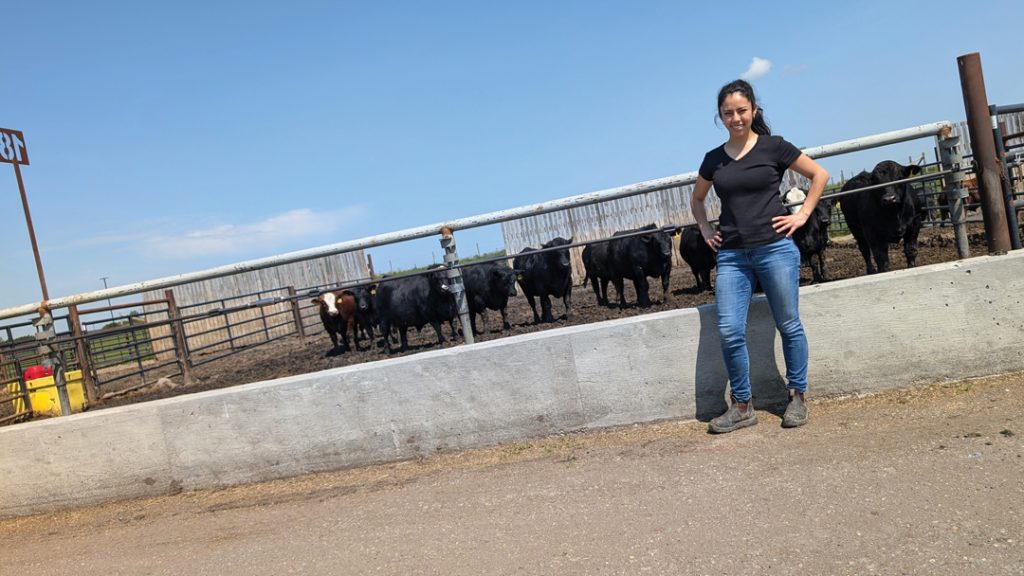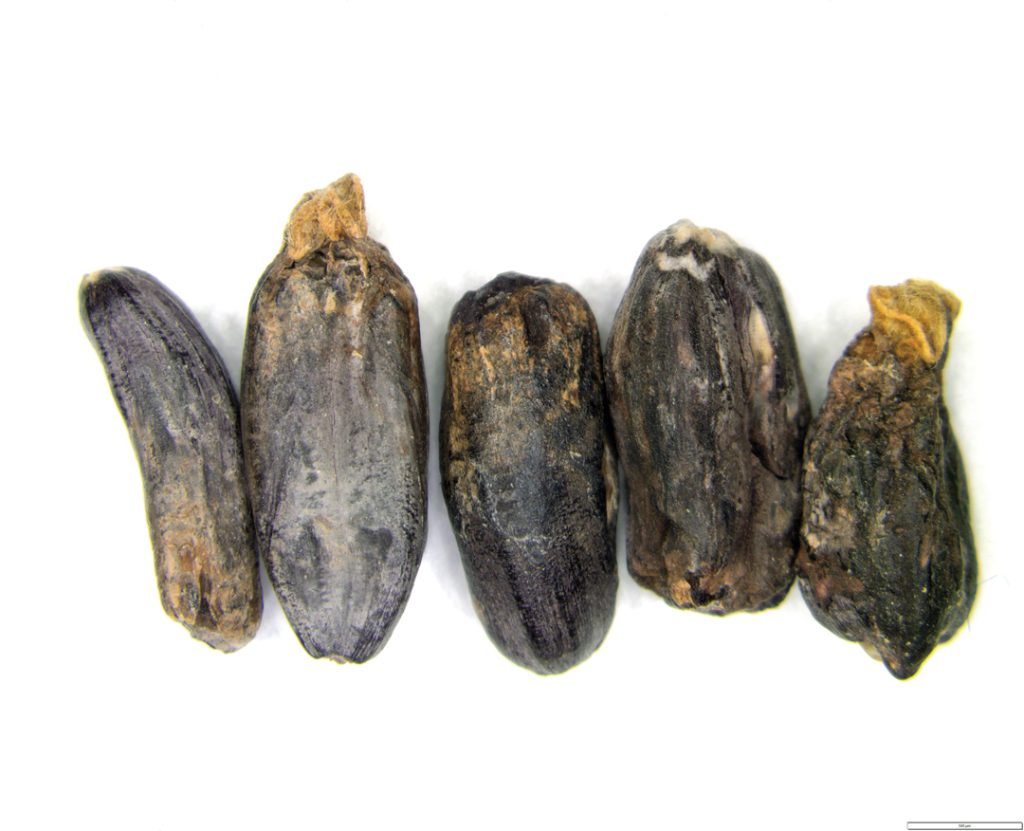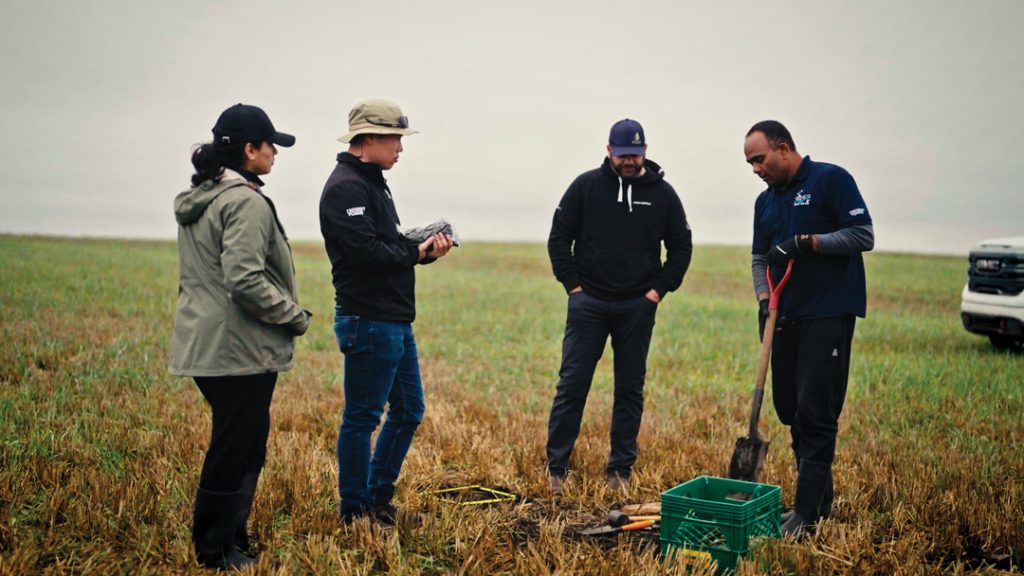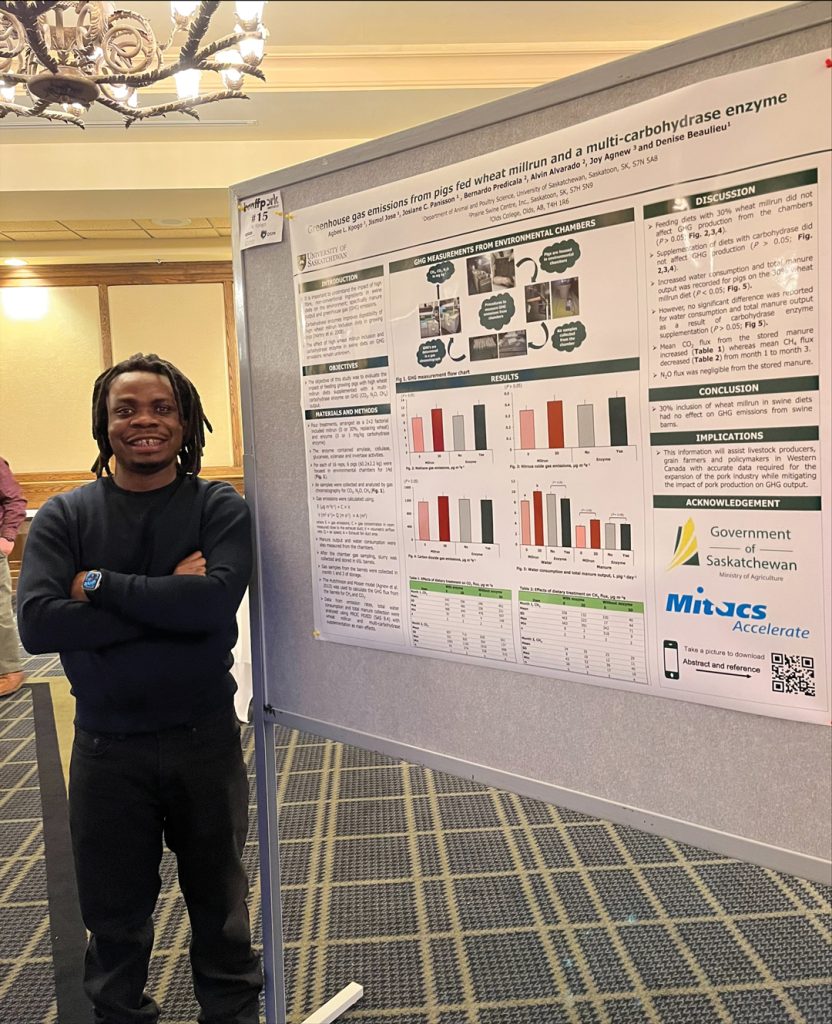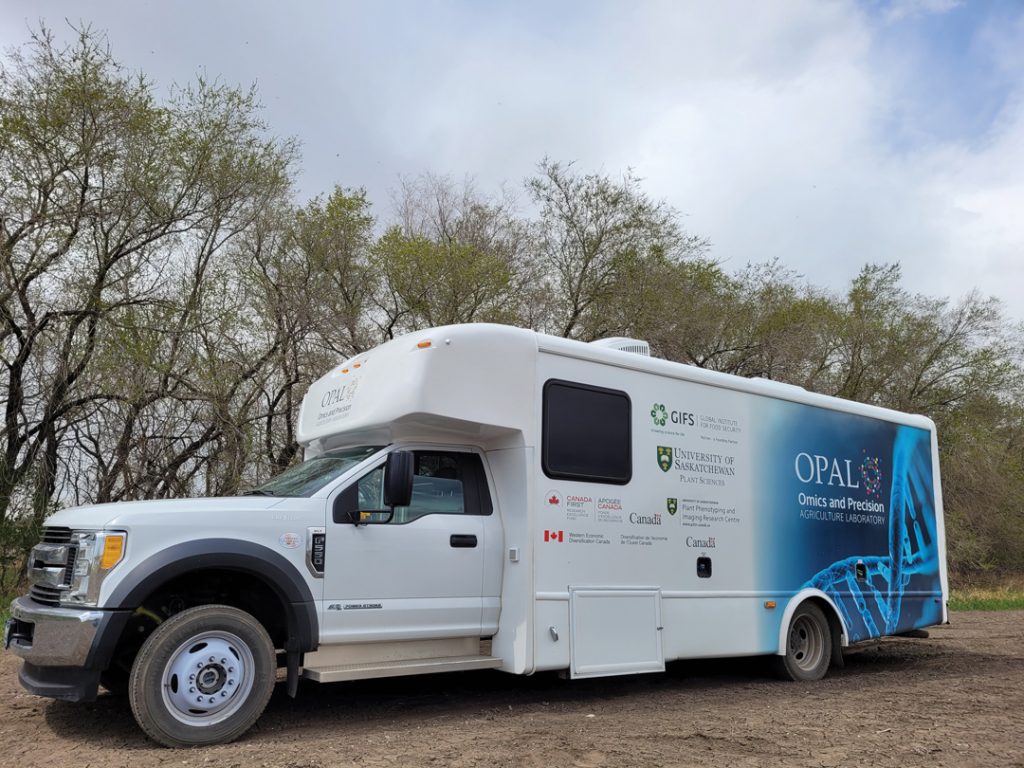CONTROL FOR A CANOPY KILLER
On the Prairies, leaf spot complex is a significant yield robber in wheat and barley. A group of stubble-borne diseases, leaf spot complex is practically ubiquitous in Alberta cereals. Its presence can lead to downgrading, especially in bread wheats and durum. Ongoing studies aim to better understand causes and develop treatments.




